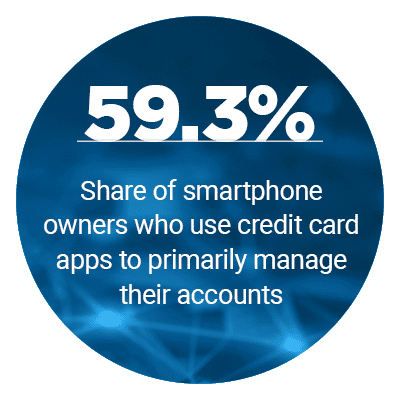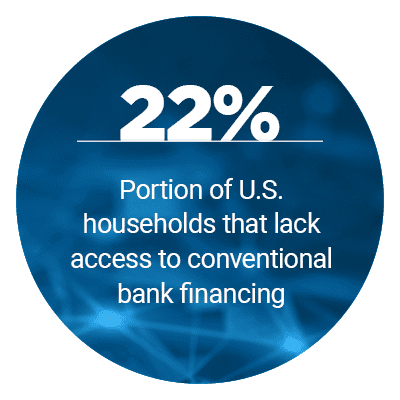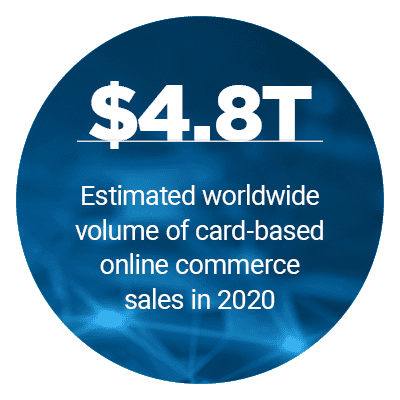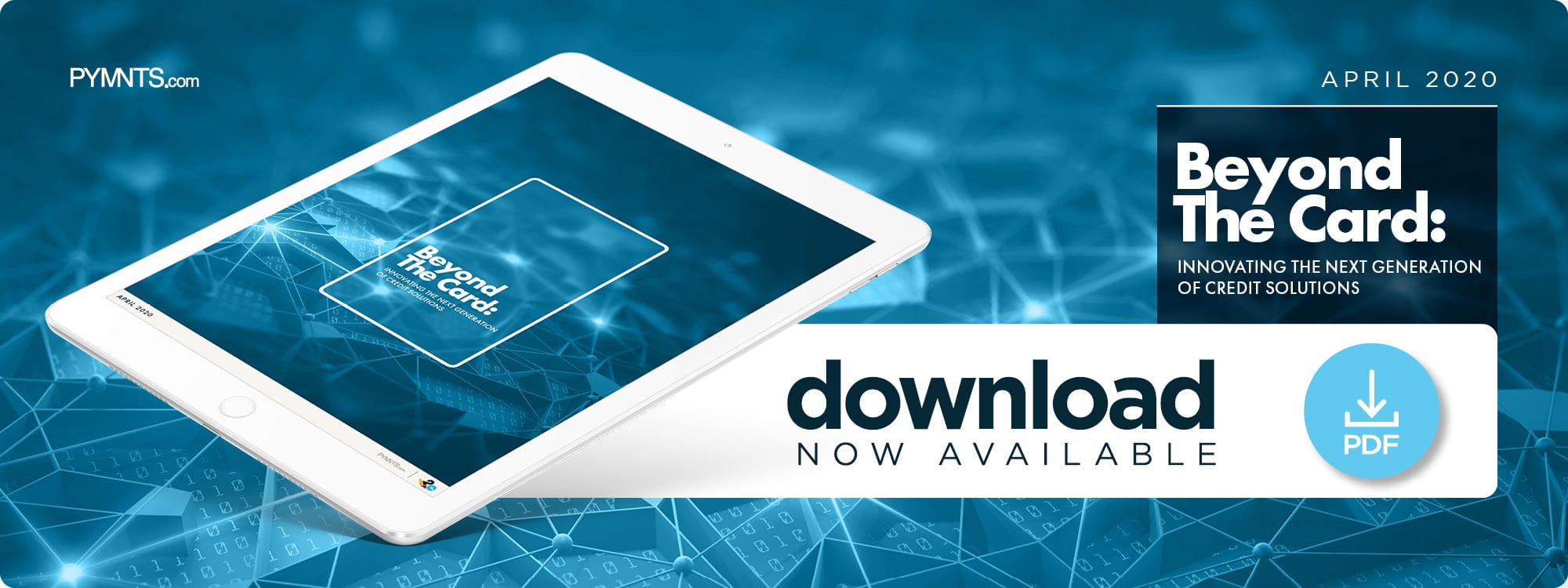How FIs And FinTechs Are Expanding The Credit Card Paradigm
As consumers shop amid ongoing public health restrictions, they almost invariably reach for their credit cards — whether the physical varieties in their wallets or the digital versions stored on their browsers and mobile devices. Cash and brick-and-mortar transactions were already on the decline, but the pandemic is sure to hasten these trends. More than ever, credit cards are becoming the coin of the realm in the global connected economy.
 It is not an accident that the credit card has come to occupy such a central role in this economic environment. Card networks, processors and other major financial institutions (FIs) have worked to build up the technological infrastructure to support credit card transactions over the decades. Yet, consumers want credit cards to do much more today than they did in the early days of the industry. They expect mobile integration, rewards, spend management tools — and perhaps most importantly, they expect card transactions to feel instant and seamless, regardless of the platform or marketplace on which they occur. What’s more, all of this must be accomplished in complex regulatory and security environments, with the omnipresent threats of hacking and fraud.
It is not an accident that the credit card has come to occupy such a central role in this economic environment. Card networks, processors and other major financial institutions (FIs) have worked to build up the technological infrastructure to support credit card transactions over the decades. Yet, consumers want credit cards to do much more today than they did in the early days of the industry. They expect mobile integration, rewards, spend management tools — and perhaps most importantly, they expect card transactions to feel instant and seamless, regardless of the platform or marketplace on which they occur. What’s more, all of this must be accomplished in complex regulatory and security environments, with the omnipresent threats of hacking and fraud.
This new reality creates challenges for card issuers, processors and others within the credit ecosystem. However, it is also opening up tremendous opportunities, both for established FIs and new entrants — including ones from beyond the financial industry — and for consumers themselves. After all, there are an estimated 2 billion consumers in the world who lack access to credit cards and other forms of bank financing, including  an estimated 22 percent of households in the United States.
an estimated 22 percent of households in the United States.
PYMNTS latest research series, Beyond The Card: Innovating The Next Generation Of Credit Solutions, a collaboration with i2c, sets out to chart this complex and evolving landscape. The report lays out the key trends and technologies driving changes in the credit product space, and it examines how they are being enabled by advances in cloud-based payment processing. Another key component of the report is case studies of four enterprises that are putting credit innovation to work in the real world.
One of the technological trends we examine is the instant-issue digital credit cards, which can be securely provisioned to a smartphone within seconds after an applicant is approved. SmartHealth PayCard, for one, is using the technology to allow consumers to obtain a card on the spot in the case that they are faced with large medical bills or copays. As Janelle Seibold, the company’s director of product development, told PYMNTS, “You could literally be at a doctor’s office and hear that you have $1,000 to pay, apply for the card, get approved and pay for it right there on the spot.”
 Another FinTech, MO Tecnologias, is using artificial intelligence (AI) to provide credit scoring services for end-users who have poor or sparsely-documented credit histories in Latin America, as well as the United States. “We look at the past, but we don’t just look at the past,” said Veronica Crisafulli, MO’s co-founder and chief commercial officer.
Another FinTech, MO Tecnologias, is using artificial intelligence (AI) to provide credit scoring services for end-users who have poor or sparsely-documented credit histories in Latin America, as well as the United States. “We look at the past, but we don’t just look at the past,” said Veronica Crisafulli, MO’s co-founder and chief commercial officer.
To learn more about how technological innovation is transforming credit card products and services, download the report.
About The Report
Beyond The Card: Innovating The Next Generation Of Credit Solutions, a collaboration with i2c, is a research- and interview-based report that examines the trends, technologies and firms reshaping the credit product space.
